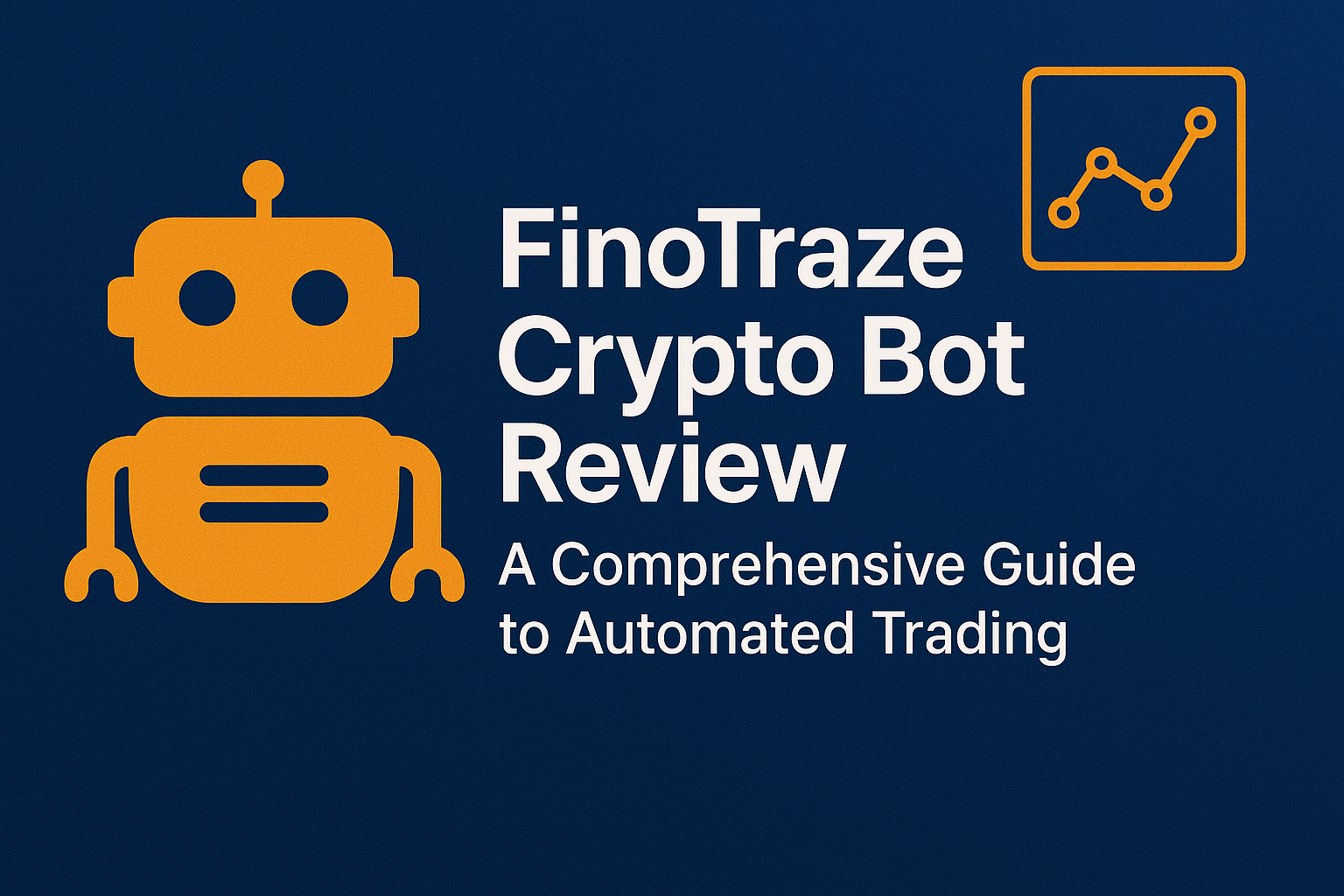Crypto trading offers exciting opportunities for investors seeking to grow their wealth. However, success in this volatile market requires a well-defined strategy tailored to your goals, risk appetite, and market conditions. This comprehensive guide explores popular trading strategies, how to evaluate them, and how to develop a plan that supports long-term, sustainable success.
Popular Cryptocurrency Trading Strategies
Day Trading
Day trading involves buying and selling crypto assets within the same day, capitalizing on small price fluctuations. This strategy requires close monitoring of the market and technical analysis. It suits active traders looking for short-term gains without holding overnight positions.
Swing Trading
Swing traders hold positions for several days or weeks, aiming to profit from medium-term price trends. This strategy relies heavily on technical analysis to identify price momentum and reversal points. It’s less time-intensive than day trading but still requires regular market review.
Position Trading
Position traders adopt a long-term approach, holding assets for months or even years. The focus is on the fundamental value of a cryptocurrency, rather than short-term fluctuations. This strategy is ideal for those who prefer a hands-off approach and believe in the long-term growth of blockchain technology.
Scalping
Scalping is a high-frequency strategy that targets small profits from minor price changes. Scalpers execute dozens or hundreds of trades daily, seeking cumulative gains. It requires quick decision-making and efficient execution, best suited for experienced traders with access to fast platforms.
Algorithmic Trading
Algorithmic trading uses programmed bots or scripts to automatically execute trades based on predefined rules. These strategies range from simple moving averages to complex machine learning models. It offers speed, emotion-free decisions, and scalability, but requires technical know-how.
Evaluating Your Goals and Risk Tolerance
Every trader is different. Define your investment horizon, income expectations, and loss tolerance before choosing a strategy. High-frequency strategies like scalping or day trading come with greater risk and demand, while position trading may be more suitable for long-term investors seeking fewer market interventions.
Adapting to Market Conditions
Trading strategies are not one-size-fits-all. Monitor market sentiment, trends, and macroeconomic indicators to adjust your strategy. For example, swing trading may work well in volatile markets, while position trading may benefit from long-term bullish trends in crypto adoption.
Technical vs. Fundamental Analysis
Technical Analysis
Technical traders use chart patterns, indicators, and historical data to predict future price movements. Tools like RSI, MACD, Bollinger Bands, and candlestick patterns help identify entry and exit points.
Fundamental Analysis
This method focuses on evaluating the intrinsic value of a cryptocurrency. Factors include team credibility, tokenomics, adoption rate, use cases, and macroeconomic trends. Combining both analysis types often results in stronger decision-making.
Creating a Solid Trading Plan
A trading plan defines your strategy, rules, and risk parameters. Include these elements:
- Clear profit and loss targets
- Criteria for entering and exiting trades
- Maximum risk per trade
- Portfolio diversification rules
Sticking to a plan helps maintain discipline, especially in volatile markets.
Testing and Refining Your Strategy
Before risking real capital, backtest your strategy using historical data or practice in a demo account. This helps identify potential flaws and allows refinement based on performance insights. Consider paper trading or using sandbox environments to build confidence.
Risk Management Essentials
- Position sizing: Avoid overexposing your capital to one trade.
- Stop-loss orders: Set automatic triggers to exit losing trades.
- Diversification: Spread investments across multiple assets to mitigate risk.
Risk control is fundamental for long-term survival in crypto markets.
Continual Learning and Adaptability
Markets evolve, and so should your strategies. Stay updated on new developments through courses, webinars, books, and communities. Adapt your approach as new tools, coins, or economic conditions emerge. Flexibility can be the difference between stagnation and success.
Monitoring Performance
Regularly review your trades and analyze what worked and what didn’t. Use tools like spreadsheets or trading journals to track:
- Profit/loss ratios
- Win/loss percentage
- Time spent in trades
This self-assessment allows continuous optimization of your strategy.
FAQs
What is the safest crypto trading strategy?
There is no risk-free strategy, but position trading with diversified assets and strong risk management is generally safer for long-term investors.
Can beginners start with day trading?
Day trading requires experience and quick decision-making. Beginners should consider swing or position trading before moving to high-frequency strategies.
How much capital do I need to start trading crypto?
Some platforms allow trading with as little as $10, but for meaningful returns and diversification, starting with at least a few hundred dollars is advisable.
Should I use trading bots?
Trading bots can be helpful but require proper configuration and monitoring. Beginners should understand market basics before relying on automation.
Conclusion
Choosing the best crypto trading strategy depends on your goals, risk profile, and available time. Whether you prefer short-term trading or long-term investing, a disciplined approach, combined with risk management and ongoing education, is essential. As markets evolve, so should your strategy—stay informed, test your ideas, and adapt as needed to stay profitable and sustainable in the world of crypto trading.

Devin Freidel is a cryptomarket analyst who has been following the cryptocurrency space since early 2017. He has a background in economics and finance, and has been writing about cryptocurrencies since 2018. Devin is particularly interested in the intersection of economics and cryptography, and believes that cryptocurrencies represent a paradigm shift in how we interact with money.



